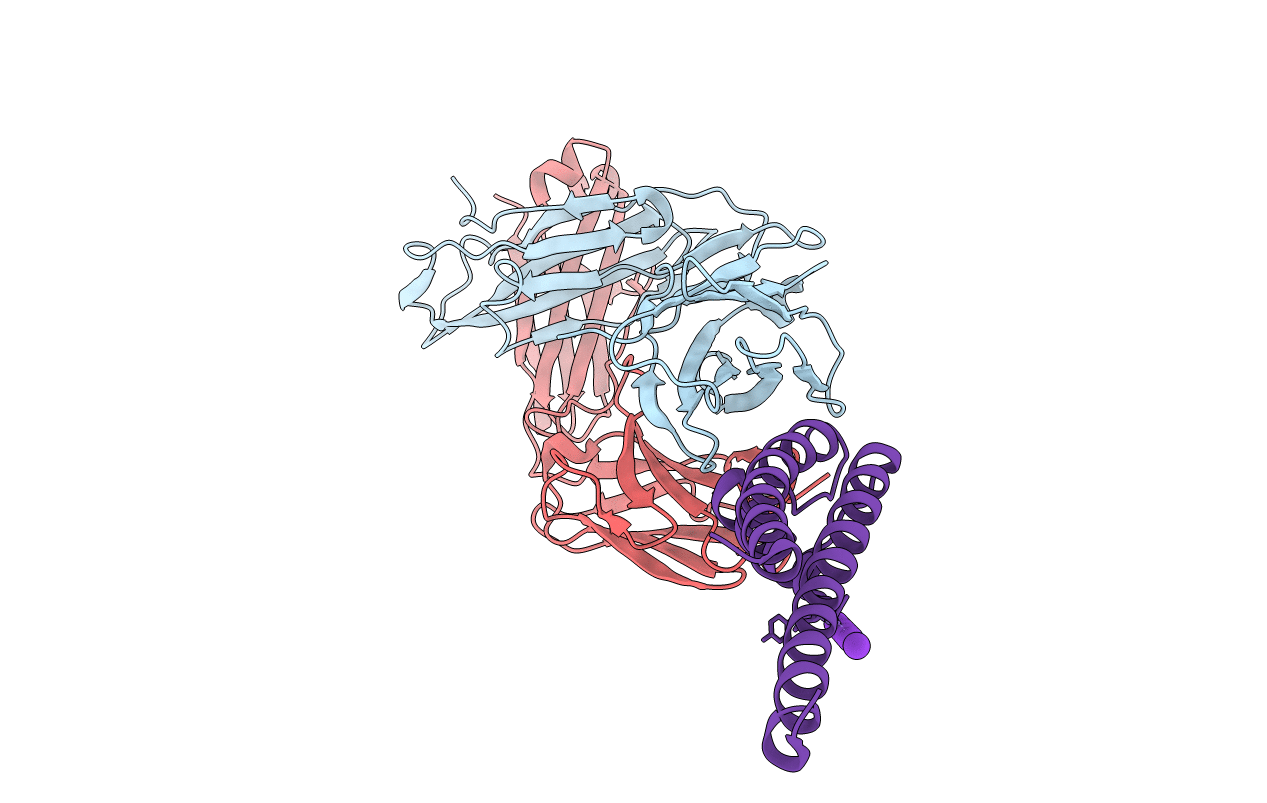
Deposition Date
2010-09-06
Release Date
2011-01-05
Last Version Date
2024-11-27
Entry Detail
PDB ID:
3OR6
Keywords:
Title:
On the structural basis of modal gating behavior in K+channels - E71Q
Biological Source:
Source Organism:
Streptomyces lividans (Taxon ID: 1916)
Mus musculus (Taxon ID: 10090)
Mus musculus (Taxon ID: 10090)
Host Organism:
Method Details:
Experimental Method:
Resolution:
2.70 Å
R-Value Free:
0.26
R-Value Work:
0.22
Space Group:
I 4


